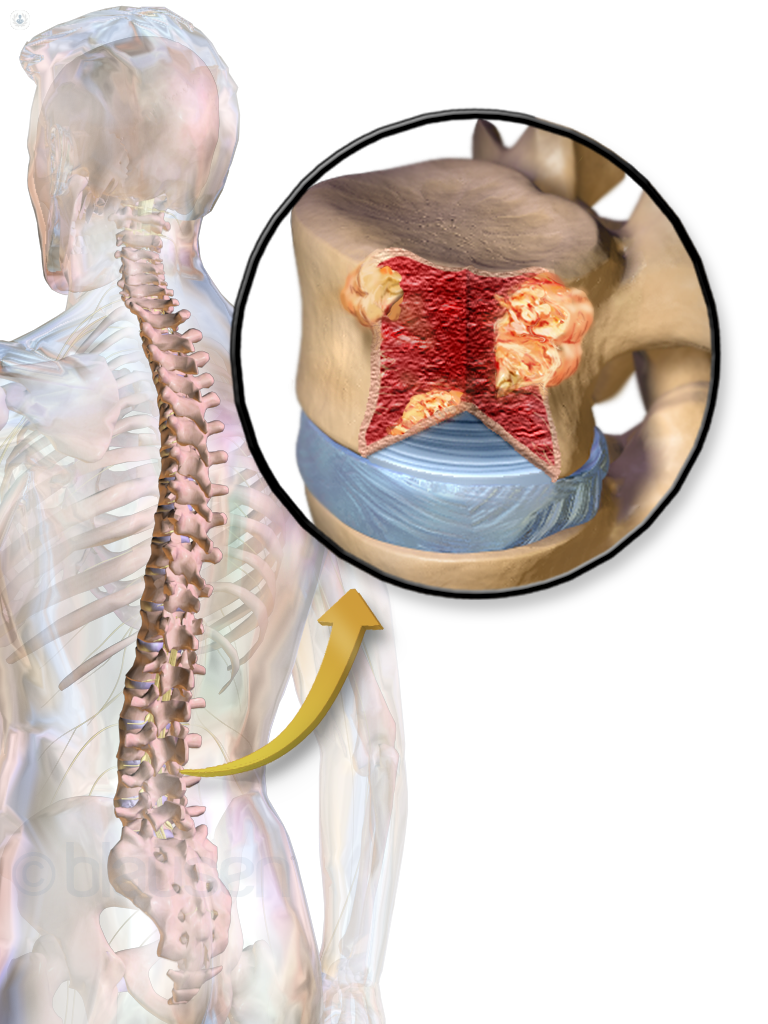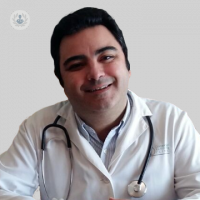multiple myeloma tumor that accounts for 10% of blood cancers
Written by:
Multiple Myeloma: What is
Multiple myeloma is a type of tumor blood characterized by a clonal proliferation of a subtype of bone marrow cell, called a plasma cell. It is listed as a class of monoclonal gammopathy Evolved. Monoclonal gammopathies are a heterogeneous group of diseases of various kinds have in common an abnormal production of immunoglobulins and / or the appearance of plasma cell tumors (plasmacytomas or multiple myeloma).

How multiple myeloma occurs in the blood
Plasma cells produce immunoglobulins or antibodies, proteins that circulate in the blood with the mission of defending the body. Each immunoglobulin consists of two heavy chains that can be: Gamma (IgG), Alfa (IgA), Mu (IgM), Delta (IgD) or epsilon (IgE); and two light chains: kappa (K) or lambda (L).
Monoclonal gammopathies include a group of disorders characterized by clonal proliferation of plasma cells that produce a single type of light chain and / or heavy, what is called monoclonal component.
In the case of multiple myeloma, plasma cells produce large amounts of monoclonal immunoglobulin that can be detected in blood and urine. This excess immunoglobulins produces alterations in the physiological functioning of the blood, favoring infection by not occur properly other immunoglobulins, kidney and bone (in whose bone marrow other hematologic series form) altering hematopoiesis and normal production of red blood cells both as platelet or other white blood cells.
Incidence of multiple myeloma in the population
Multiple myeloma is the most common malignancy of plasma cells. It usually affects predominantly elderly people, from age 55. In Spain the incidence is 40 new cases per million population per year, representing 1% of all tumors and 10% of hematologic cancers, approximately.
Signs and symptoms that produces multiple myeloma
The main symptom of multiple myeloma is bone pain, which occurs in 75% of patients. Although it can occur anywhere, the most common areas are usually the spine, pelvis and ribs. By altering the rest of hematopoiesis, we can observe other symptoms are related to the lack of production and / or operation of other hematologic series:- Anemia (tiredness, weakness, dizziness, palpitations)- Superficial bleeding (spontaneous bruising, gingival bleeding, epistaxis)- Tendency to infections
80% of patients may also present osteoporosis (when worn or decrease one or more areas of a bone) or spontaneous bone fractures at the time of diagnosis. The regions most commonly affected are the skull, spine, ribs, sternum, pelvis and long bones such as the femur. In addition, approximately 25% of affected patients with renal insufficiency diagnosis.
Diagnosing multiple myeloma
The diagnosis of monoclonal gammopathy and / or multiple myeloma will be performed by the hematologist to show blood and / or urine abnormally high presence of a monoclonal immunoglobulin, with or without an excess of plasma cells in bone marrow or, much rarer in peripheral blood (plasma cell leukemia). It is also important to conduct a thorough study of the patient electrolyte, especially serum calcium and kidney function, through analytical controls relevant blood and urine tests.
It is important, before the suspected diagnosis, perform what is called a bone series to evaluate by radiographic images, those regions where it is most common, either prevalence or the patient's symptoms, the presence of fractures or other osteolytic lesions.
Finally, cytogenetic studies necessary s vitally important when establishing a prognosis and appropriate treatment scheme are made.
Treatment and prognosis of multiple myeloma
Monoclonal gammopathy only requires observation time periods ranging between three and six months with controls blood count, biochemistry calcium and renal function and dosage, both blood and urine, immune globulins.
There is now a consensus among different specialists in Hematology when starting treatment of multiple myeloma, so that it is displayed only when any of the following signs or symptoms:- Anemia- Hypercalcemia- Renal insufficiency- Osteolytic lesions / spontaneous bone fractures
However, it is common today, the existence of clinical trials with novel cytostatic drugs in earlier stages of the disease, which require detailed indication by the specialist.
Generally, for patients below 70 years, the treatment will be based on protocols containing Bortezomid cytostatic or Lenalidomide, in preparation for autologous stem cell transplantation, which is the standard treatment in this age group of patients. The purpose of this treatment is to slow the progression of the disease and control symptoms, because, today, there is no curative treatment for myeloma.
The only potentially curative treatment would allogeneic hematopoietic stem cell transplantation. Unfortunately, the advanced age of patients when the disease is diagnosed, next to the high toxicity of the cytostatic used, reduce the possibility of application of this therapy. Currently chances of allo-transplantation of hematopoietic progenitors of low intensity, also known as double autologous bone marrow transplantation or "tandem transplant" which offer some hope of survival in this group of patients being considered, decreasing toxicity but increasing the chances of disease relapse.
In addition, radiation therapy is an effective therapeutic option for localized forms of the disease or plasmacytomas.
Finally, the use of bifosfanatos, that inhibit lytic action of osteoclasts, provides an additional possibility to facilitate bone recalcification.
All the above and sees that the prognosis of these patients depends mainly on the age, the extent of disease at diagnosis, general physical condition of the patient and the presence of certain types of genetic alterations that indicate an aggressiveness increased the disease.
Without treatment half - life of patients used to be approximately 6 months. However, thanks to new therapeutic options, has increased the median survival of 3 to 5 years, increased survival with the option of autologous hematopoietic progenitors.
a relapse even yet still can occur within two years of transplantation. This can reach 50% of cases and successive treatments offer periods of remission and control of increasingly shorter pathology.
The introduction of cytostatic molecules Bortezomid family or Lenalidomide, announced periods of remission of disease longer, but do not offer today a definitive curative option.
The only existing curative option, as already mentioned above, would allogeneic hematopoietic stem cell transplantation.
Edited by Patricia Crespo Pujante


